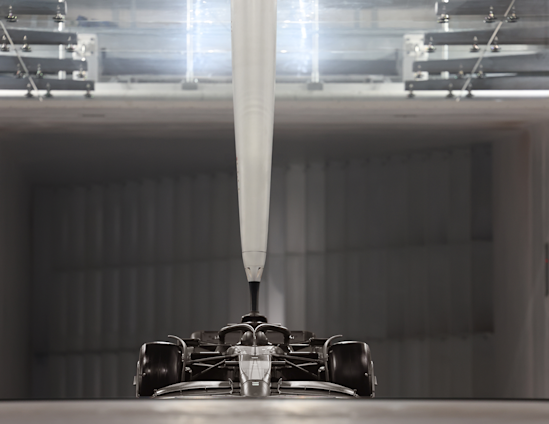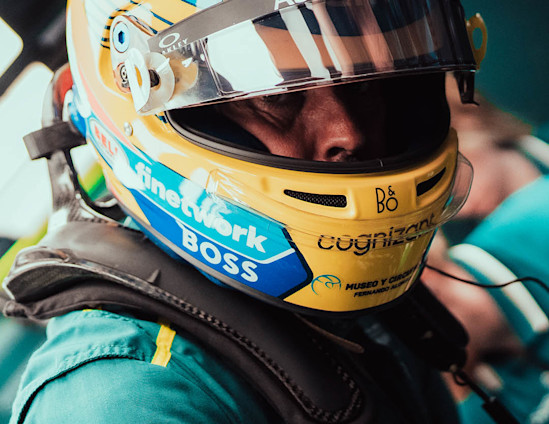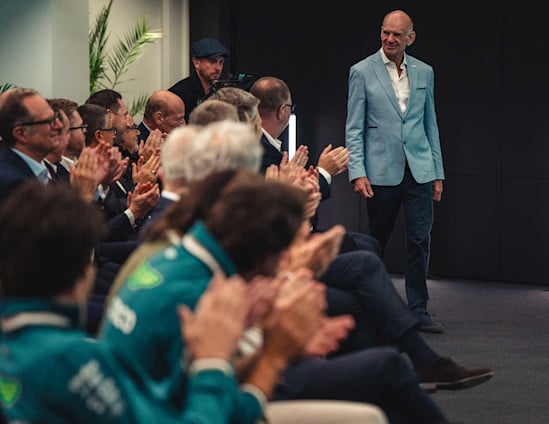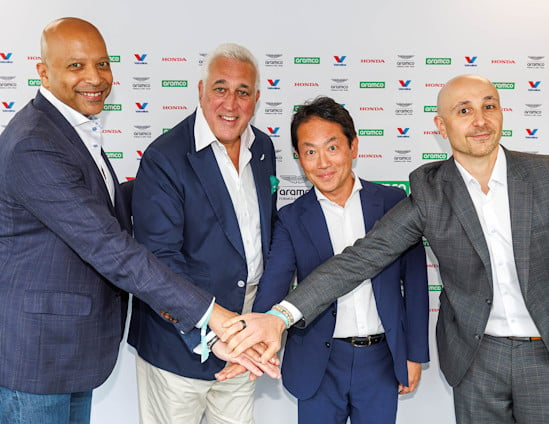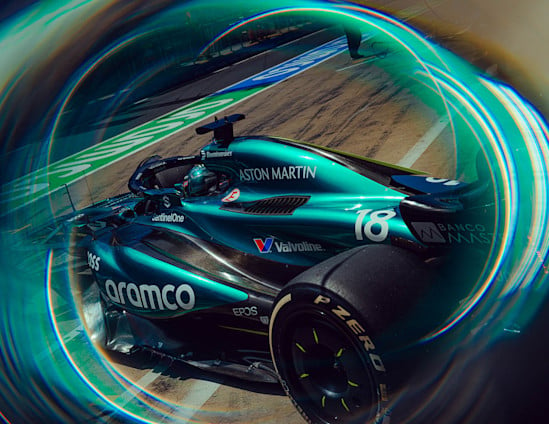

As Formula One prepares for one of the biggest reboots in its 75-year history, our new series, 'The Road to 2026', is your ultimate, unfiltered guide to F1's new era. Providing an unparalleled insight into our 2026 preparations and the development of our next-generation F1 car, we speak to those at the forefront of Aston Martin Aramco, who must chart a course through a seismic shift in the regulations. First up, Executive Director Bob Bell breaks down what's changing for 2026 and what it means for the sport and our team.
New power units, 100 per cent sustainable fuels, super-efficient active aerodynamics: Formula One is accustomed to technical change, but the direction it will take in 2026 is nothing less than revolutionary – very much the lesser trodden path.
Against this backdrop, Aston Martin Aramco is changing too. The team continues to grow, and our state-of-the-art Technology Campus in Silverstone is becoming fully operational, complete with new wind tunnel and simulator. We're also transforming into a full works team, working hand-in-hand with Honda to develop our 2026 car.
Building a 2026 F1 car is 'the tip of the iceberg' according to Executive Director Bob Bell, who is no stranger to major changes in F1 – and capitalising on them – throughout a distinguished career. As someone who excels at seeing the potential in new regulations, including during title-winning stints at Renault with Fernando Alonso and, more recently, at Mercedes, Bob is uniquely placed to set us off on 'The Road to 2026'. In the first instalment of this illuminating series, he explains what's changing for 2026, why it matters, and what it means for the sport and our team.

The power unit
What's changing?
The basic architecture of F1's hybrid power units has been with us since 2014. It is a turbocharged 1.6 litre V6 engine, complemented by an exceptionally efficient energy recovery system. This is split into two parts: the MGU-K (motor-generator unit – kinetic) is similar to the technology used by road-going hybrids, harvesting energy when the car brakes; the MGU-H (motor-generator unit – heat) is powered by the stream of hot exhaust gases, generating electrical energy from the turbocharger when it's not being used to pressurise engine air.
The 2026 regulations simplify F1's power units by doing away with the MGU-H. Its loss is compensated by a much more potent MGU-K. The amount of electrical power that can be generated is rising from 120kW to 350kW, while the amount of energy being recovered under braking will double, to around 8.5 megajoules per lap.
What it means: A simpler engine with more hybridisation
Bob Bell: "Historically, when there have been regulation changes between seasons, it's chassis or engine, rarely both. 2026 sees a completely new set of regulations that span both the power unit and the chassis. We haven't really had such a comparable change for a very long time.
"The biggest change in the technical regulations for 2026 is the power unit. The headline figure is that 50 per cent of the power will be generated from the internal combustion engine and 50 per cent from the battery. The ratio at the moment is about 80:20. We will be losing the MGU-H which, since its introduction in 2014, has added significant complexity and expense to the current generation of power units."
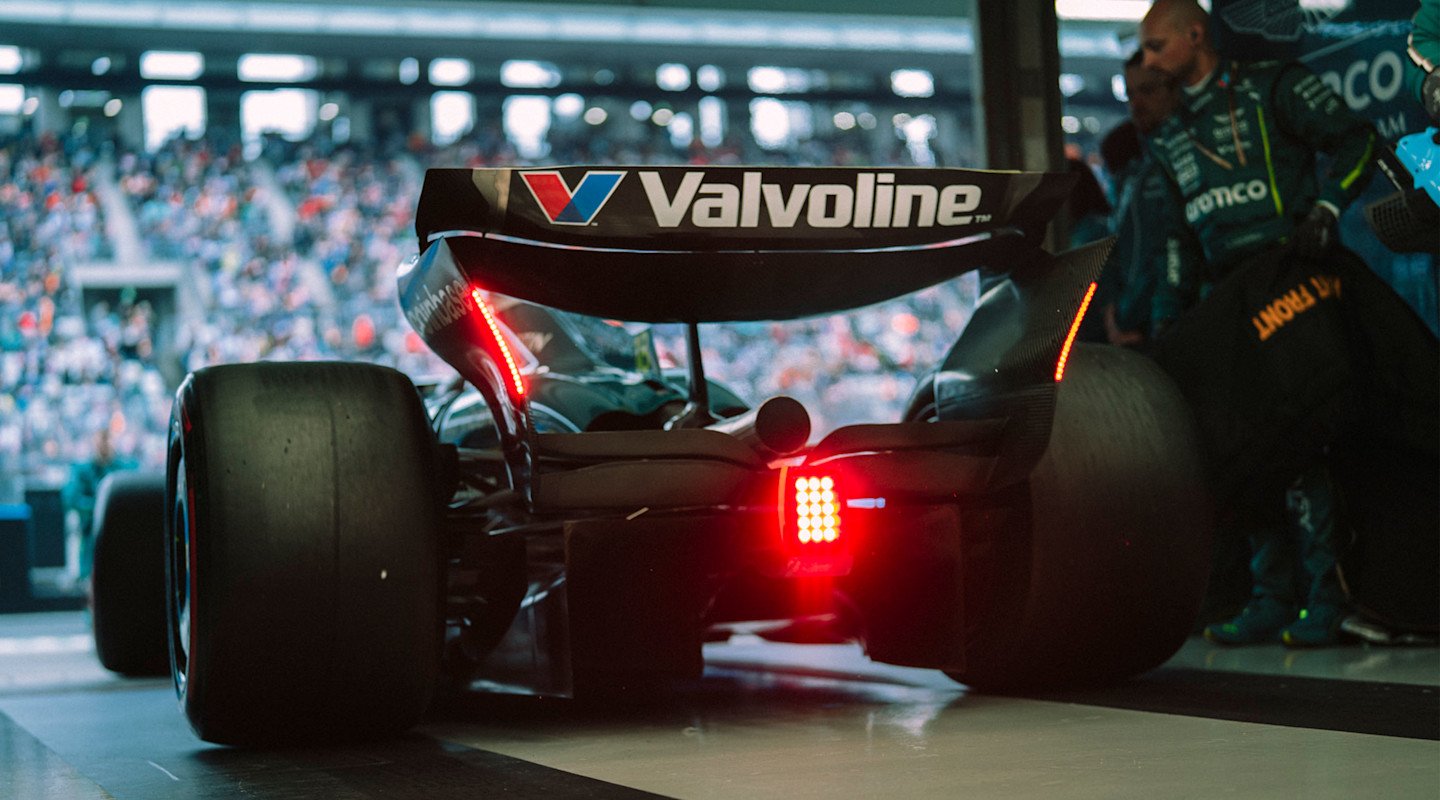
The chassis and aerodynamics
What's changing?
Aerodynamic changes will make the cars more efficient and ensure they are able to perform similar lap-times to what we see now. The primary tool to achieve this is 'active' aerodynamics. Previously banned – or, at least, heavily proscribed – in F1, it will allow the front and rear wings to be adjusted from corners to straights: opening to configure the car for less drag in a straight line, closing into the corners to provide more aerodynamic grip.
This aerodynamic reboot also serves as an opportunity to refine existing regulations. For 2026, the focus has been on reinforcing some of the concepts introduced in 2022 to promote better racing while getting rid of others that led to the cars being very uncomfortable to drive, most notably the 'porpoising' effect. This effect is when cars aggressively bounce up and down through the range of their suspension travel, when airflow through contoured Venturi tunnels under the car first sucks them towards the track, and then stalls when the cars ground, in a process that repeats, like a porpoise skipping across the waves. The new regulations remove the 'ground-effect' generating tunnels and return F1 cars to having flat undersides before a step into a conventional downforce-generating diffuser beneath the rear end.
The cars will be smaller, with the maximum wheelbase reducing by 200mm to 3400mm and the width by 100mm to 1900mm. Tyres will be smaller too: the 18-inch wheel size will remain, but the width of the tyres will reduce by 25mm at the front and 30mm at the rear to 280mm and 375mm, respectively.
What it means: A smaller, lighter, more driveable car
BB: "The current aerodynamic regulations, introduced in 2022, have been reasonably successful in improving overtaking, but have made the cars very sensitive to setup and fairly minor aerodynamic changes – one consequence of which has been the 'porpoising' that we’ve seen. 2026 is an opportunity to tackle some of those issues. The idea was to conceive a geometry that still maintained this characteristic that made it easier for cars to follow one another but also perhaps desensitise them, make them less fickle.
"We're returning to something more akin to the pre-2022 regulations, with a flat underside of the car and a straight kick-up at the back. There’s more to it than that, of course, but that’s the main difference, ending the era of these fully contoured ground-effect cars.
"The FIA released the final version of the aerodynamic regulations in December. It also provided an initial set of geometry – essentially its view of what the aerodynamic bodywork would look like – as the starting point for our development, and from 2 January we were allowed to start working in the wind tunnel and CFD on those configurations.
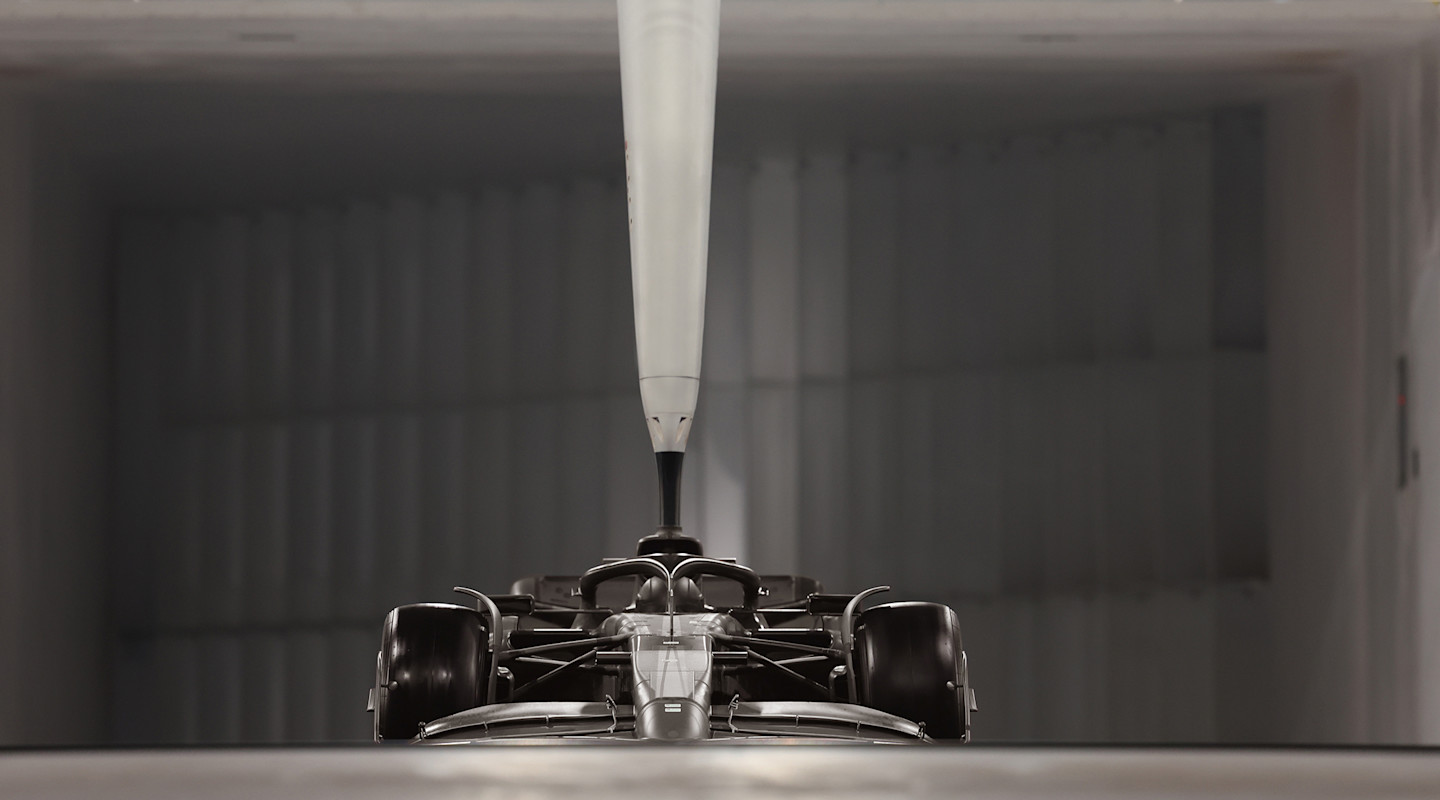
"The new regulations have mandated stronger cars with more stringent homologation tests – but also lighter cars with a lower minimum weight. These two things are not usually complementary, and this adds to the challenge for 2026: we've got to build a stronger and lighter car.
"Safety in F1 is pretty good, but it can always be better. Any improvements we can make in this area are welcome and consequently, the whole chassis is going to be a lot stronger than it currently is. The challenge is to find and remove 30kg from the existing car. One thing that's helping us is that the rules relating to materials are being relaxed in certain areas, and we’ll be allowed to use some exotic materials that were previously banned, such as various titanium and aluminium alloys produced via 3D printing."
We're almost having to think about two separate modes of operation and how that will individually impact the aerodynamic development of the car.
The way the car will perform on the track
What's changing?
While the 2026 cars are expected to hit broadly similar lap-times to what we have now, they'll achieve those times in a different way. The extra electrical power will provide more of a push on the straights, working in conjunction with the straight-line wing setting. This low-drag configuration is called X-mode (or straight-line mode), with the corresponding high-downforce cornering set-up referred to as Z-mode (or corner mode).
A moveable rear wing is nothing new for F1: since 2011 the 'drag reduction system' (DRS) has been opening and closing the rear wing to provide an overtaking boost on specified straights for cars within one second of the car in front. X-mode, conversely, will work on every straight, irrespective of traffic. There will be a replacement for DRS, however, with a Manual Override Mode providing extra electrical power at the top end of the speed range for a car following another closely.
What it means: Different wing settings for straights and corners, and an all-new overtaking mode
BB: "How these cars are going to perform on the track will be different. The big difference is the concept of having a cornering mode and a straight-line mode.
"The straight-line mode will operate like DRS does now, though it'll be more like a super-DRS, operating on every straight and having a much bigger impact: we'll have cars that adjust both the rear and front wings on the straights to have reduced drag. When you're not on a straight, you'll have cornering mode, which will be all about delivering downforce.
"It means we have to take a conceptually different approach to the development of these cars. We're almost having to think about two separate modes of operation and how that will individually impact the aerodynamic development of the car. It's not completely dissimilar to what we have with DRS but it's far more extreme, and that affects how we will work to get the best out of them.
"It's still early days, and we are running a lot of simulations, trying to understand the design implications. We'll get there, but the best approaches are a lot less straightforward than used to be the case. Offline simulations and human-in-the-loop sims with the drivers will help us set targets and understand what to aim for.
"We brought Lance and Fernando into the development process in February. It was their first opportunity to experience our state-of-the-art new simulator, and drive a 2026 car, albeit virtually. It's very important to get an early assessment from the drivers because their feedback is a critical part of the development process. This isn't like a refinement of an existing car: what they feel, and how they think these cars will potentially handle, is part of the learning process."

The fuel
F1 is moving away from fossil fuels, with the V6 engine to be powered by a 100 per cent sustainable fuel. F1 has been developing advanced sustainable fuel blends for a number of years, with the current cars powered by an E10 formula – 90 per cent fossil fuel blended with 10 per cent ethanol, produced from agricultural crops.
Working with our Title Partner, Aramco, F1 experimented to increase that figure, before announcing the shift to a 100 per cent sustainable fuel for 2026, as a 'drop-in' technology, designed to work with the existing gasoline-powered engines. There are many ways to create advanced fuels, with the fuel suppliers for the various F1 teams working flat out to produce the most powerful blends.
For 2026, Aramco is developing an advanced sustainable fuel for our team. The exclusive supplier of lower-carbon fuel to F2, F3 and F1 ACADEMY, with all 52 F2 and F3 cars using its 100 per cent advanced sustainable fuel in 2025, Aramco is at the forefront of the development of next-generation lower-carbon fuels, which are an important step towards a lower-emission future.

The balancing act
BB: "There is a balance to be struck between how you split resources for 2025 and 2026. This is never easy, irrespective of the regulations. The most important thing – probably – is 2026. This is the decision we took last year, and consequently, we carried over a lot of componentry from the AMR24 into the AMR25 so that we don't have to spend a lot of time redesigning and remanufacturing components for what would be very marginal gains.
"The AMR25 is a completely renewed vehicle in aerodynamic terms – but the hardware under the skin, items that traditionally we would redesign – has been carried over. I suspect every team has taken a similar approach. We will also carefully manage the amount of in-season development we do – our resources are better allocated to 2026 because next year represents a far better opportunity for the team to progress up the competitive order."
Preparing for 2026 is much broader than 'simply' building a new car. That's the tip of the iceberg. The stuff under the water is vast.
The pieces of the puzzle
BB: "Given where we are on our journey, the 2026 regulation change is perhaps a bigger challenge for Aston Martin Aramco than it is for other teams. There are many pieces of the puzzle we need to put together to be ready for 2026.
"We're almost a brand-new team – our team is almost unrecognisable from the team it was when Aston Martin returned to the sport in 2021: we've had a significant increase in headcount; we're transitioning to be a works team; and we have these wonderful, cutting-edge new facilities... but we have to bring them all online. These things need to be refined, they need to be optimised, they have to be fully debugged. That takes time and a lot of effort. It isn't just a case of turning them on and starting work.
"Up until very recently, we used the Mercedes wind tunnel in Brackley, a few miles down the road from the AMR Technology Campus in Silverstone. That wind tunnel was built a long time ago, it's completely debugged, it's fully optimised, it's working at the peak of its capability. To bring our brand-new tunnel up to that standard in a short space of time will be difficult. That's all running in the background alongside developing a 2026 car. We also have a brand-new engine partner. We're very excited to be partnering with Honda as a works team, and I couldn't think of a better engine manufacturer to be entering into 2026 with.
"There are new elements of the package that our team will have to produce. Take the transmission: the last time this team developed its own gearbox was in 2008. We'll be creating new rear suspension, our own pit equipment and various pieces of software. Many things that we currently source from Mercedes as a customer will go away and we have to do them for ourselves.
"The philosophy is that you're not going to beat someone if you’re using their kit, as they will always have a lead on you, but getting ourselves ready to be a works team is a huge undertaking – and opportunity – and makes preparing for 2026 much broader than 'simply' building a new car. That's the tip of the iceberg. The stuff under the water is vast."
Amplify your fan experience
From exclusive collabs to once-in-a-lifetime prizes, I / AM DROPS is a new series of unique and ultra-limited moments and fan experiences.
Sign up for I / AM or sign in to unlock.


